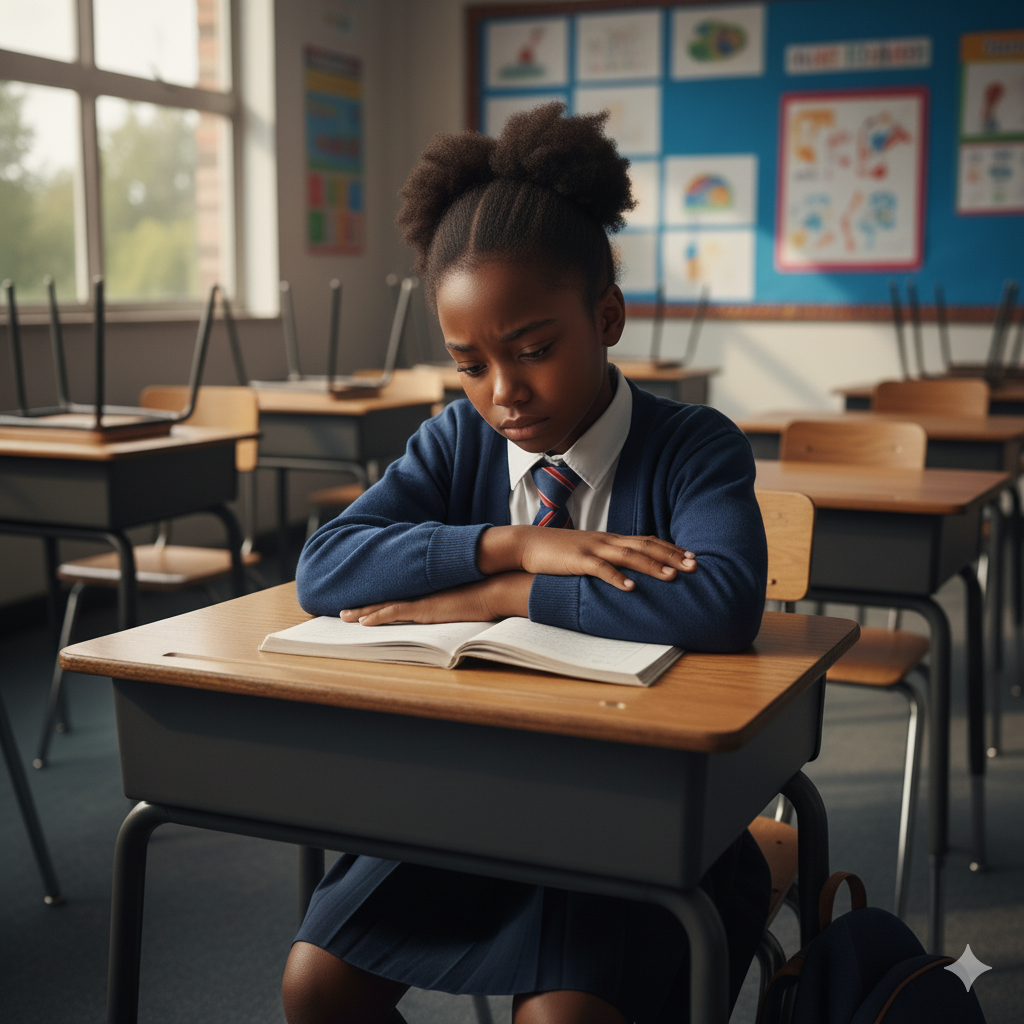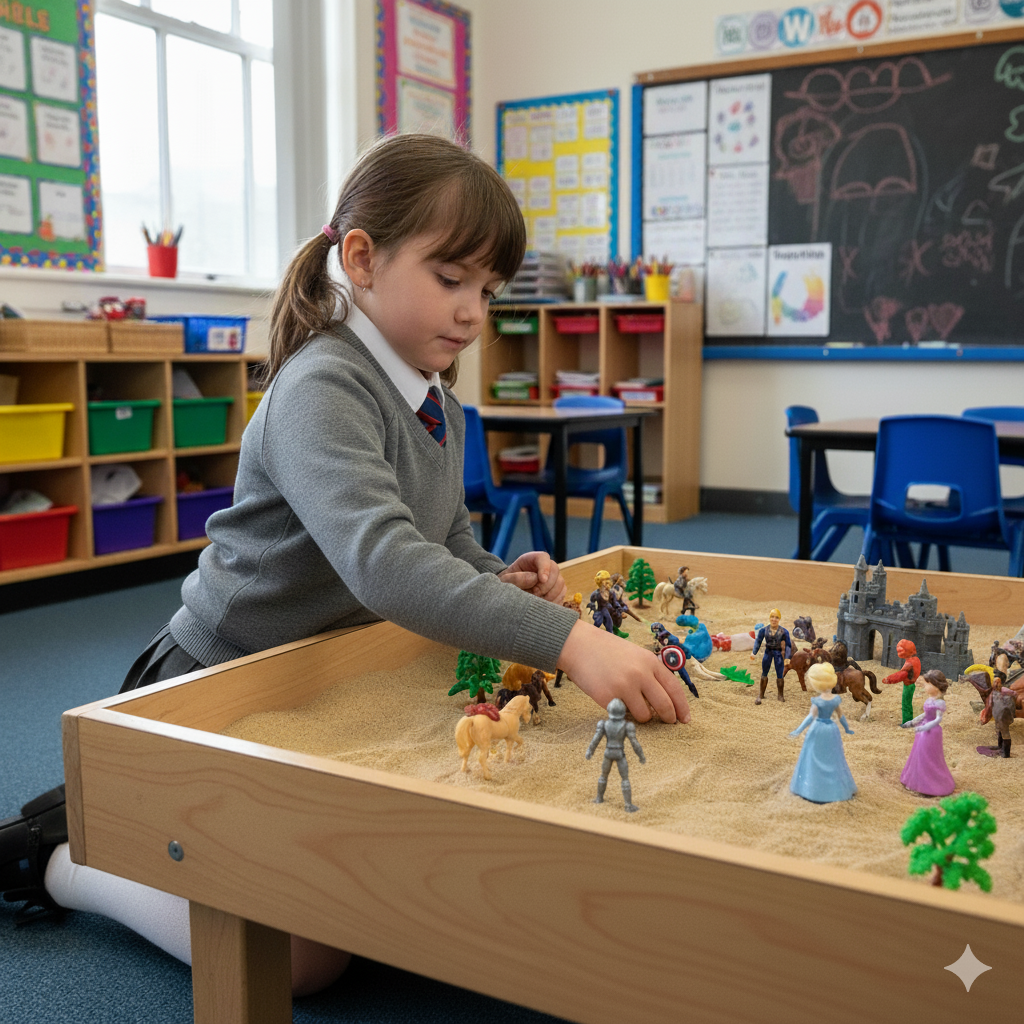
LIFELONG THERAPEUTIC LEARNING:
-
Learn more

Drawing and Talking allows individuals to discover and communicate emotions through a non-directed technique, setting it apart from existing solution-focused and cognitive-based therapies and interventions
Learn more
Creators of a global proactive intervention intended to complement rather than replace the work of Specialist Mental Health Services
Working with vulnerable
-
Courses
Drawing and Talking has proved invaluable with secondary aged students who find it difficult to talk about their emotions.

Our team's commitment to high quality services provides you with peace of mind.
Individuals
Creators of global proactive intervention intended to complement rather than replace the work of Specialist Mental Health Services.
Organisations
In-house training days are the most cost effective way to train groups of 20 or more staff in the Drawing and Talking therapeutic technique. We offer both Zoom and in-person options.
- Blog
-
Practitioners
In our 20-year history, we have built a community of 20,000 Drawing and Talking Practitioners.
Our Drawing and Talking Practitioners are committed to high-quality therapeutic support. Our Accredited Practitioners maintain an active Drawing and Talking Membership, which includes regular CPD and supervision and coaching. This ensures safe, reflective and effective practice.
- Contact us
- Book now
Case Study: Finding Safety After Loss — How Drawing and Talking Supported a Bereaved Child

Background
An experienced advisory teacher, qualified since 1976, has been delivering Drawing and Talking in her current school for the past seven years. With a background in assessment, mentoring and mental health referrals, she brings a wealth of understanding to her work supporting children who find it difficult to express emotions verbally.
One child, a young girl who had suddenly lost her father while he was visiting family abroad, was referred to the Practitioner by the school’s ELSA team and SENDCo. At the time, the child was struggling to talk about her feelings. She wanted to speak about her father constantly, but found it hard to articulate her emotions. Having previously taken part in a group Drawing and Talking intervention, her drawings revealed recurring themes, suggesting that a one-to-one programme might help her process her grief more safely and deeply.
The Intervention
The Practitioner gently reintroduced herself to the child, explaining that sometimes Drawing and Talking can help when words are difficult to find. She reassured her that she didn’t have to say anything she wasn’t ready to share, and explained the boundaries of confidentiality to create a sense of safety.
Over the first six sessions, the child’s drawings were “dark and gloomy”, often featuring a wicked witch casting spells to break things apart. A small, lonely girl appeared in every picture; always sad and always alone.
A turning point came during session seven, when a second girl appeared in the drawings. This new figure tried to overcome the bad things, though it was still a struggle. As the sessions continued, the witch began to lose her power; falling, regaining strength, then faltering again.
By session eleven, the scene had transformed. The little girl was no longer in a dark place but in a beautiful castle surrounded by flowers, blue sky, and birdsong. The witch’s wand had fallen beyond her reach - her power gone. The child looked up at the Practitioner and smiled, saying quietly:
“The girl doesn’t need to be afraid anymore.”
It was a moment that deeply moved the Practitioner: “I’m in tears remembering that,” she said.
Throughout the process, the Practitioner offered space and silence when needed, and ensured the child had access to a trusted key worker if difficult feelings surfaced outside of sessions.
Impact and Outcomes
As the weeks progressed, the Practitioner noticed subtle but steady changes. The child looked forward to her sessions, and on the way to them, began to talk more freely about her father — sharing memories and family rituals for marking the anniversary of his death.
By the end of the twelve sessions, school staff observed that she appeared more confident, and more at ease. She was enjoying time with friends again, and her mother, who had previously been anxious and withdrawn, was also beginning to open up and speak more comfortably about her husband.
The Practitioner believes that the process allowed the child to work through feelings of abandonment and unfairness in a gentle, symbolic way - without having to revisit the painful facts of what happened.
“They don’t need to talk about what happened factually,” she explains, “but they do need permission to draw and say whatever they want in a caring, supportive environment.”
Reflections from the Practitioner
Supporting a bereaved child through Drawing and Talking was a powerful experience:
“Take the risk. It is so powerful, and the change observed is mind-blowing. But it is also an emotional journey for the Practitioner. I have wept many times when supporting different bereaved children.”
For this Practitioner, the child’s journey can be summed up simply as:
“Finding happiness and safety after abandonment and hopelessness.”
Her message to other schools and Practitioners is clear:
“Trust the process and take the risk, it is so, so worth it.”
Summary
This case highlights how Drawing and Talking offers children a safe and symbolic space to explore overwhelming feelings that words alone cannot hold. Through imagery, story, and trusted connection, this child found her way from fear and isolation towards a sense of safety and hope. A transformation that speaks to the quiet, profound power of Drawing and Talking.
Latest news
October 23, 2025
October 23, 2025


